


Lentil is one of the important and most nutritious rabi pulses. It derives its name “Lens” from the lens shaped seeds. It is rich in calcium (560 ppm), iron, and niacin. The crop has the potential to cover the risk of rainfed farming. It is also used as a cover crop to check the soil erosion. The growth of the lentil crop is adversely affected at temperatures above 27oC. Unlike gram, it remains unaffected by rain at any stage of its growth including flowering and fruiting. The plant is hardy and can tolerate frost and severe winter to a great extent. It is a moderately drought tolerant crop. Lentil requires cold temperature during its vegetative growth and warm temperature at the time of maturity. The optimum temperature for growth is 18o-30oC. In North East India, the crop is grown during the rabi season in the month of October-November, predominantly under rainfed conditions.
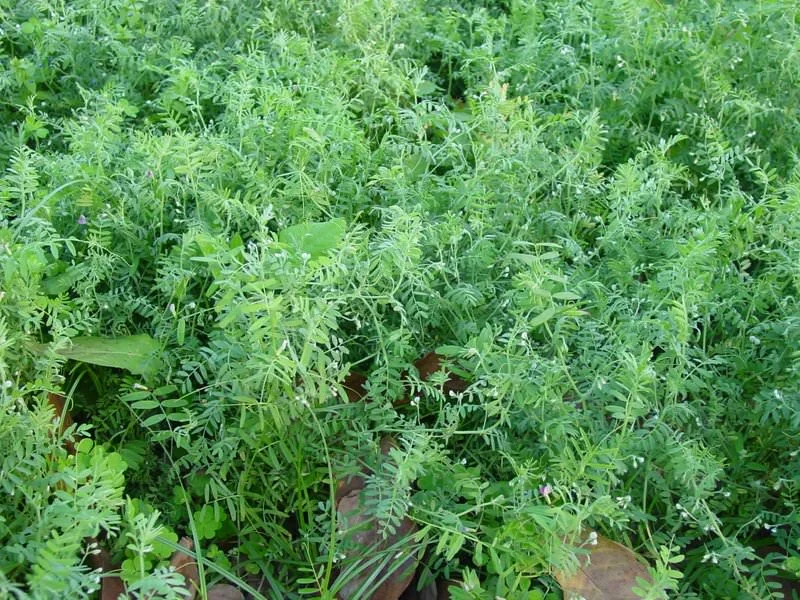

They are indeed rich in vitamin B complex, zinc, potassium, and magnesium. Lentils contain about 25% protein, which makes them an outstanding meat substitute. They are a rich source of iron, a mineral that is often missing in vegetarian regimes.

| Crop | Area (‘000 ha) | Production (in ton) | Productivity (kg/ha) |
|---|---|---|---|
| Blackgram | 58.956 | 39545 | 671 |
| Arhar | 6.052 | 5244 | 866 |
| Greengram | 13.553 | 10344 | 763 |
| Lentil | 27.312 | 22564 | 826 |
| Peas | 28.441 | 26800 | 942 |
| Gram (chickpea) | 2.568 | 1964 | 763 |
| Other pulses | 16.426 | 14126 | 860 |
| Total pulses | 153.308 | 120587 | 787 |

Black gram is a tropical crop which requires a hot and humid climate and is able to tolerate high temperatures. As such, these are short day plants; however, presently day-neutral varieties are also available for cultivation during the summer season. This crop is highly nutritious and contains a high proportion of digestible protein with many essential amino acids, minerals and vitamins.

Loam or silty loam is preferable.

| Varieties | Duration (days) | Grain Yield (q/ha) | Reaction to Diseases |
|---|---|---|---|
| KU 301 | 80-90 | 13-15 | Resistant to Cercospora leaf spot and YMV. Suitable for kharif season |
| Pant U 19 | 80-95 | 10-12 | Resistant to Cercospora leaf spot and YMV. Suitable for kharif & summer season |
| SB 121 (Saoniamah) | 70-80 | 10-12 | Selected from local material. Resistant to Mungbean YMV and Cercospora leaf spot. Recommended for Central Brahmaputra valley zone only. |
| Beki (SB 27-3) | 80-85 | 12-13 | Resistant to CLS, YMV and WB. Can be sown until 30 Sept. |
| Kolong (SB 25-19) | 80-85 | 12-13 | Resistant to CLS, YMV and WB. |
| Sonkush (SB 23-5) | 80-90 | 9-10 | Resistant to CLS, YMV and WB. Suitable for Kharif season under delayed sowing (till 30 Sept) |
| Manas (SB 32-13) | 80-90 | 10 | Resistant to CLS, YMV and WB. Suitable for all zones of Assam except BVZ |
| Shyamal (AAU SBC 40) | 75-85 | 12 | Resistant to CLS & YMV, moderately resistant to WB. Notified for kharif season. |
| Pabhoi (AAU SBC 47) | 75-80 | 14-16 | Resistant to CLS and YMV. Notified for kharif season. |
| PU-31 | 70-75 | 12-14 | Resistant to mungbean Yellow Mosaic Virus and Cercospora Leaf Spot. Suitable for Kharif in UBVZ, LBVZ, CBVZ, and NBPZ |
| WBU 109 (Sulata) | 70-75 | 10-12 | Resistant to MYMV. Suitable for kharif. |
| AAU SHL Urd 03 (SB 42-8) | 75-80 | 14-16 | Highly resistant to MYMV & CLS, moderately resistant to WB, Leaf roller, pod borer, and storage pests. |

Loam or silty loam is preferable.
Mid-October to mid-November.
The field is to be ploughed 3-4 times to obtain a good tilth.
The optimum seed rate is 30 kg/ha or 4 kg/bigha. For the relay crop, the seed rate is 6 kg/bigha
The seeds are to be sown in line at a spacing of 25 cm between rows and 5-7 cm from seed to seed.
| Nutrient | Requirement (kg/ha) | Form | Fertilizer Requirement (kg/ha) | Fertilizer Requirement (kg/bigha) |
|---|---|---|---|---|
| A. Without Rhizobium culture | ||||
| N | 15 | Urea | 32 | 4.5 |
| P2O5 | 35 | SSP | 220 | 30 |
| K2O | 15 | MOP | 25 | 3.3 |
| B. With Rhizobium culture | ||||
| N | 10 | Urea | 22 | 3 |
| P2O5 | 35 | SSP | 220 | 30 |
| K2O | 15 | MOP | 25 | 3.3 |
In both cases, vermicompost @ 1 t/ha or FYM @ 2 t/ha should applied as basal. Diammonium phosphate (DAP) @ 75 kg/ha or 10 kg/bigha is to be applied in lieu of urea and SSP in non-inoculated crop. NPK may also be supplied in the form of mixed fertilizer. Foliar spray of 2% urea at branching (35 DAS) and pod formation (75 DAS) stages in addition to the recommended dose of P & K.
In addition to fertilizer dose of 10-26-15 N- P2O5-K2O kg/ha, Ammonium molybdate 0.5 kg/ha (67 g/bigha) and 20 kg ZnSO4/ha (2.7 kg/bigha) should be applied to soil. Seed should be inoculated with Rhizobium and PSB each @ 50 g/kg of seed.
CaCO3 in the form of dolomitic lime @ 65.5 kg/bigha should be applied 15 days before seeding and incorporated in the soil in areas where multiple cropping is practiced.
Soak the seeds for 6 hrs. and dry under shade to bring it back to almost the original weight.
Seeds are to be moistened with clean water while avoiding excess wetting and Rhizobium culture @ 50 g/kg of seeds and PSB @ 50 g/ kg seed are to be inoculated.
Sow the seeds 10-15 days after 50% flowering of the rice crop. When the soil is in moist condition. Loamy soil are preferable. In lentil, under rice utera condition, 5-13-0 N-P2O5-K2O kg/ha (incubating with 10 parts soil for two days) should be applied at the time of sowing. After the harvest of rice, 5-13-15 N- P2O5 - K2O kg/ha (incubating with 10 parts soil for two days) should be top dressed. Seed should be inoculated with Rhizobium and PSB each @ 50 g/kg seed. At branching and pod initiation, 2% urea should be sprayed (All Zones)
| Nutrients | Requirement (kg/ha) (At sowing of lentil) |
Requirement (kg/ha) (After Harvest of rice) |
Source | Fertilizer Requirement (At sowing of lentil)(kg/ha) |
Fertilizer Requirement (At sowing of lentil)(kg/bigha) |
Fertilizer Requirement (After Harvest of rice)(kg/ha) |
Fertilizer Requirement (After Harvest of rice)(kg/bigha) |
|---|---|---|---|---|---|---|---|
| N | 5 | 5 | Urea | 11 | 1.5 | 11 | 1.5 |
| P2O5 | 13 | 13 | SSP | 81 | 11 | 81 | 11 |
| K2O | 0 | 15 | MOP | 0 | 0 | 25 | 3.3 |
Under rice utera condition, 45 kg/ha or 6 kg/bigha seed rate should be used. Lentil variety HUL 57 and KLS 218 may be used for rice utera condition (All Zones). At the time of rice harvest care should be taken that rice stubble height is not more than 30 cm. In zero tilled lentil after rice, 75 % N (11.25 kg/ha or 1.5 kg/bigha) along with 100% P205 (35 kg/ha or 4.7 kg/bigha) and 100% K2O (15 kg/ha or 2 kg/bigha) should be applied at the time of sowing. Seed should be inoculated with Rhizobium (50 g/kg seed) + Sodium molybdate (1 g/kg).
Two weddings at 20 and 30 DAS or apply oxyfluorofen @ 150 g/ha as pre-emergence followed by 1 hand weeding at 20 DAS.
If necessary and available, one light irrigation is to be given during the pod filling stage.

Young caterpillars feed on the tender foliage and cause defoliation in early stages. Larvae bore into the pods and destroy the seeds by making a round hole. While feeding, the larvae put their head inside the pod leaving the rest of its body inside.
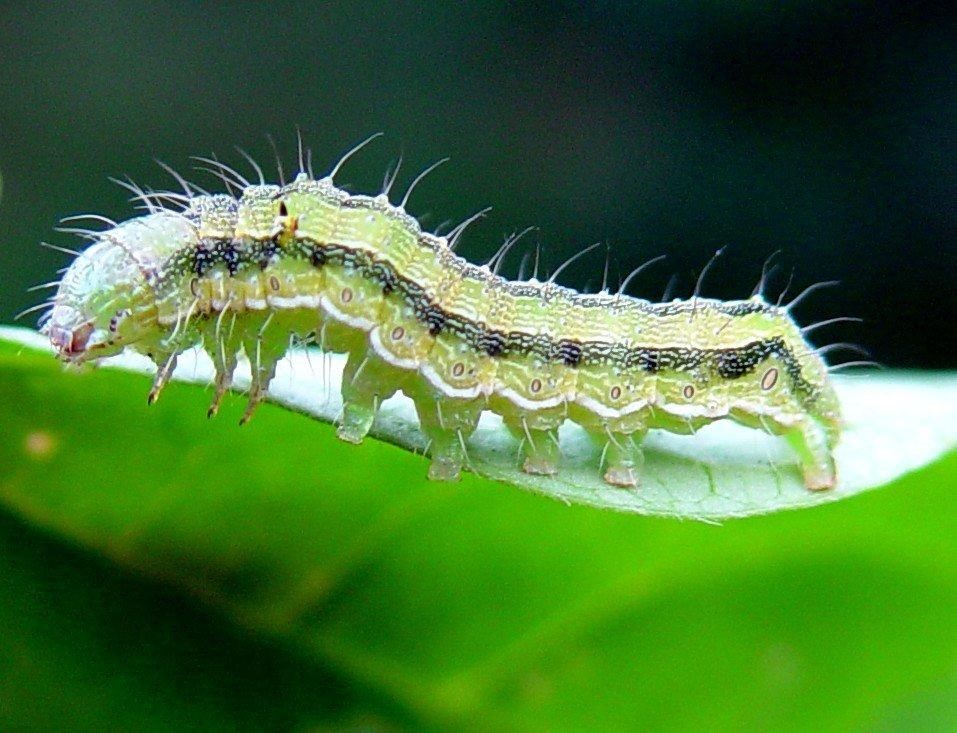
Yellowing of lower leaves and stunting of plant growth with discoloration of vascular bundles.
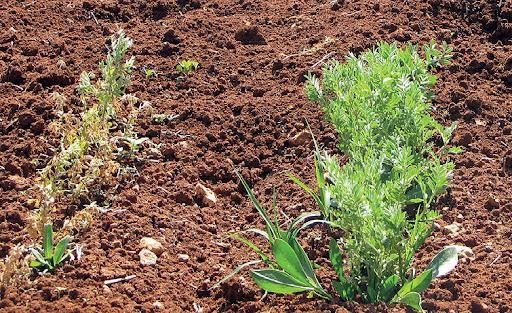
Rotting of collar region with presence of white mycelial growth. At later stage mustard seeds like sclerotia produces at the infected plant parts.
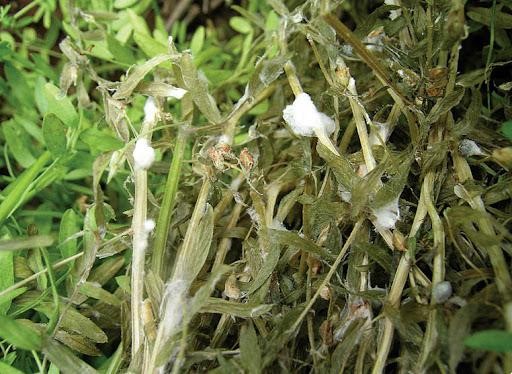
Infected plants are to be collected along with sclerotia and burnt.
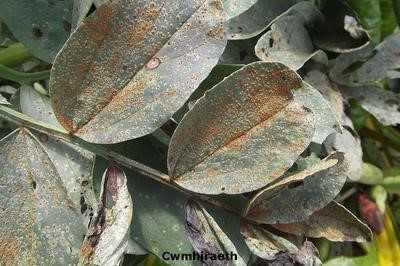
Three foliar sparys of propeconazole or tebuconazole @ 0.2% (1200-1400 ml mixed with 600-700 lit water/ha) at 10 days interval starting from appearance of the disease.

Harvesting should be done when 70-80 % pods turn yellow to brownish in color.
Jorhat, PIN - 785013 Assam